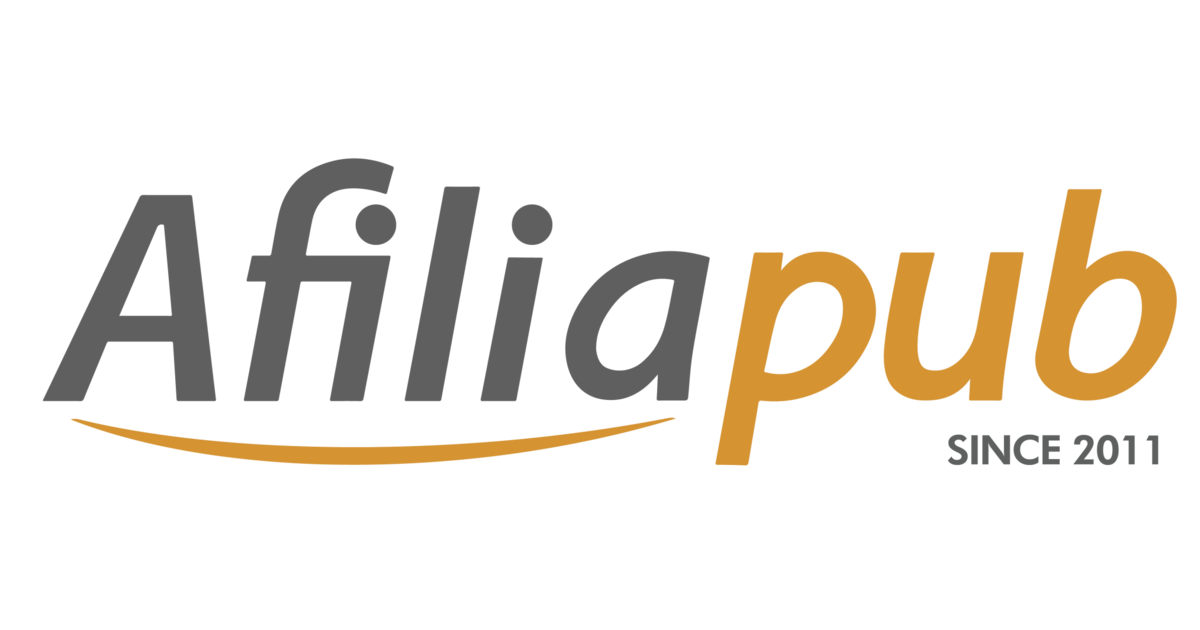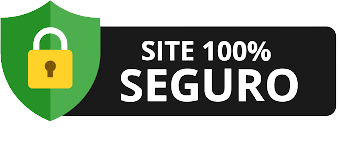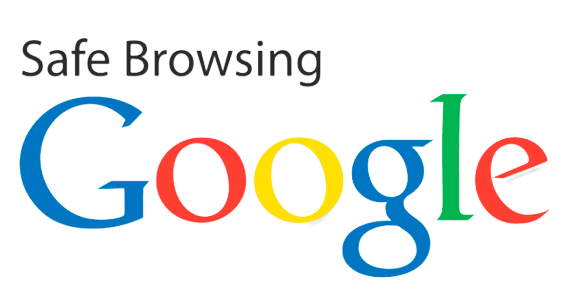How To Promote Affiliate Links Without a Website

Affiliate marketing remains one of the most accessible income opportunities, with U.S. spending on affiliate marketing projected to surpass the $10 billion mark this year and reach $16 billion in 2028. This reflects the growing trend of businesses leveraging affiliates to drive sales.
Yet, starting an affiliate marketing program without a website can make it difficult to scale. This guide outlines effective, statistics-backed methods for promoting affiliate links. We’ll show you how to reach engaged audiences quickly and effectively without building a site.
Tabla de contenidos
Why Promote Affiliate Links Without a Website?
While a website provides personal space and one way to promote your affiliate links, it still requires technical know-how, consistent updates, and regular costs that can delay your start. Fortunately, many platforms today already boast an audience base that affiliate marketers leverage to promote a product or service.
Recent data indicates that social media alone has over 5.2 billion active users across the globe, each spending an average of 2.5 hours per day on social platforms. And so, once you’re able to tap into these affiliate networks, you get immediate access to large audiences without the stress of building or maintaining a website.
Best Strategies to Promote Affiliate Links Without a Website
You don’t need a website or blog to become an affiliate marketer and promote your links. The main idea is to strategically find a way to share your links where audiences are most active and engaged.
With that in mind, following data-driven methods provides accessible, efficient ways to connect with potential buyers. Here are some ways to push your affiliate marketing activities.
Use Social Media Platforms
Over 70% of internet users worldwide make use of social media which in turn makes it an ideal space for those in the affiliate niche. With platforms like Instagram, YouTube, and TikTok leading in user engagement, each offers unique strengths based on content type and audience. Here’s how to leverage each for affiliate success:
- Instagram: With over 2 billion monthly active users, Instagram provides broad reach and high engagement. It has proven pretty effective for lifestyle niches since users interact more with visual content, such as images, reels, or short videos. You can include affiliate links in your bio or use stories and reels to attract followers to your affiliate program and offers while providing social proof to back your recommendations.
- YouTube: As the world’s second-most-visited site, YouTube reaches over 2 billion logged-in users monthly, who spend an average of 19 minutes per day on the platform. For instance, if you’re an esports betting affiliate, you can create valuable, trusted content while integrating those links naturally in descriptions. For instance, smartphone releases and comparisons often drive high engagement and click-through rates.
- TikTok: With an impressive 1 billion daily active users, TikTok’s algorithm promotes content that aligns with user interests. That means even new accounts get to reach large audiences. As an affiliate marketer, you can create quick, informative videos highlighting your products and include your affiliate links in your bio. With that, you are going to reach audiences who are more likely to follow content recommendations.
Focusing on these platforms maximizes reach and engagement with your niche audience. Through this avenue, there’s a good chance to get click-through rates and conversions for affiliate links.
Use Deal Sites for Affiliate Links
Deal sites attract audiences with high purchase intent, making them ideal for quick conversions. Over 60% of consumers look for deals before buying, indicating strong demand on these sites. Popular options include:
- Slickdeals: With 11 million monthly users, Slickdeals lets affiliates list discounts and links in a consumer-friendly space. Deal-based platforms offer high exposure for affiliate links, especially when products have clear value.
- Dealspotr: Dealspotr’s community-driven approach helps affiliates promote products with exclusive discounts, reaching consumers who are actively seeking sales. Posting affiliate products on deal sites increases your chances of immediate sales.
These sites offer high-traffic environments where users are ready to click through on affiliate offers, making them ideal spaces for promoting time-sensitive deals.
Grow an Email Marketing List
Email marketing offers an average ROI of $36 for every $1 spent, making it one of the highest-ROI channels for affiliates. Building an email list allows affiliates to reach audiences regularly and directly. Here’s how to make email marketing work without a website:
- Set Up Landing Pages: Email platforms like Mailchimp, ConvertKit, and Sendinblue let affiliates create custom landing pages to collect email subscribers without having a website. These pages help you build a direct affiliate relationship with your audience and send regular product recommendations.
- Provide Value with Lead Magnets: Offering a freebie, such as a checklist or eBook, attracts subscribers interested in your niche products. Email content featuring product recommendations, exclusive discounts, and industry tips boosts engagement and click-through rates.
Since nearly 80% of marketers rate email as their top acquisition channel, it remains a must-use method for any affiliate marketer.
Publish Content on Medium and LinkedIn
Medium connects with 100 million monthly readers, while LinkedIn has over 300 million active professionals. Both platforms support detailed articles that build trust and drive affiliate link clicks.
- Medium: Writing in-depth product reviews, comparisons, or tutorials with embedded affiliate links is effective for reaching audiences actively searching for recommendations. Medium’s SEO benefits also make your articles discoverable by broader audiences.
- LinkedIn: LinkedIn’s professional base makes it an excellent platform for promoting B2B products. Sharing educational content or posting links within relevant comments connects affiliates with interested readers in a work-focused environment.
Final Thoughts
Promoting your product links and affiliate marketing without a website is still a viable path to successful when using social media, email marketing, online communities, and deal sites. Each of these methods allows affiliates to connect with an audience, build trust, and encourage purchases without the need for a personal website.
Combining multiple channels amplifies reach, creating a stronger, more diversified income stream. With proper marketing strategy and consistent value creation, you can harness the power of these platforms, tapping into a vast audience and driving revenue without investing in a website.

Why Micro-Influencers Are Becoming Affiliate Gold in Bangladesh
In Bangladesh’s growing digital space, micro-influencers are quickly becoming the go-to partners for affiliate marketers. These everyday content creators, often followed by a few thousand

How to Track and Optimize Affiliate Conversions like an expert
Affiliate marketing has gone beyond just promoting links and waiting for commission to roll in. If you’re serious about making real money, you need to

How to Choose the Best CPA Offer for Your Niche
Picking the right CPA (Cost-Per-Action) offer can be the difference between making steady affiliate income or constantly spinning your wheels. With so many networks, offers,












